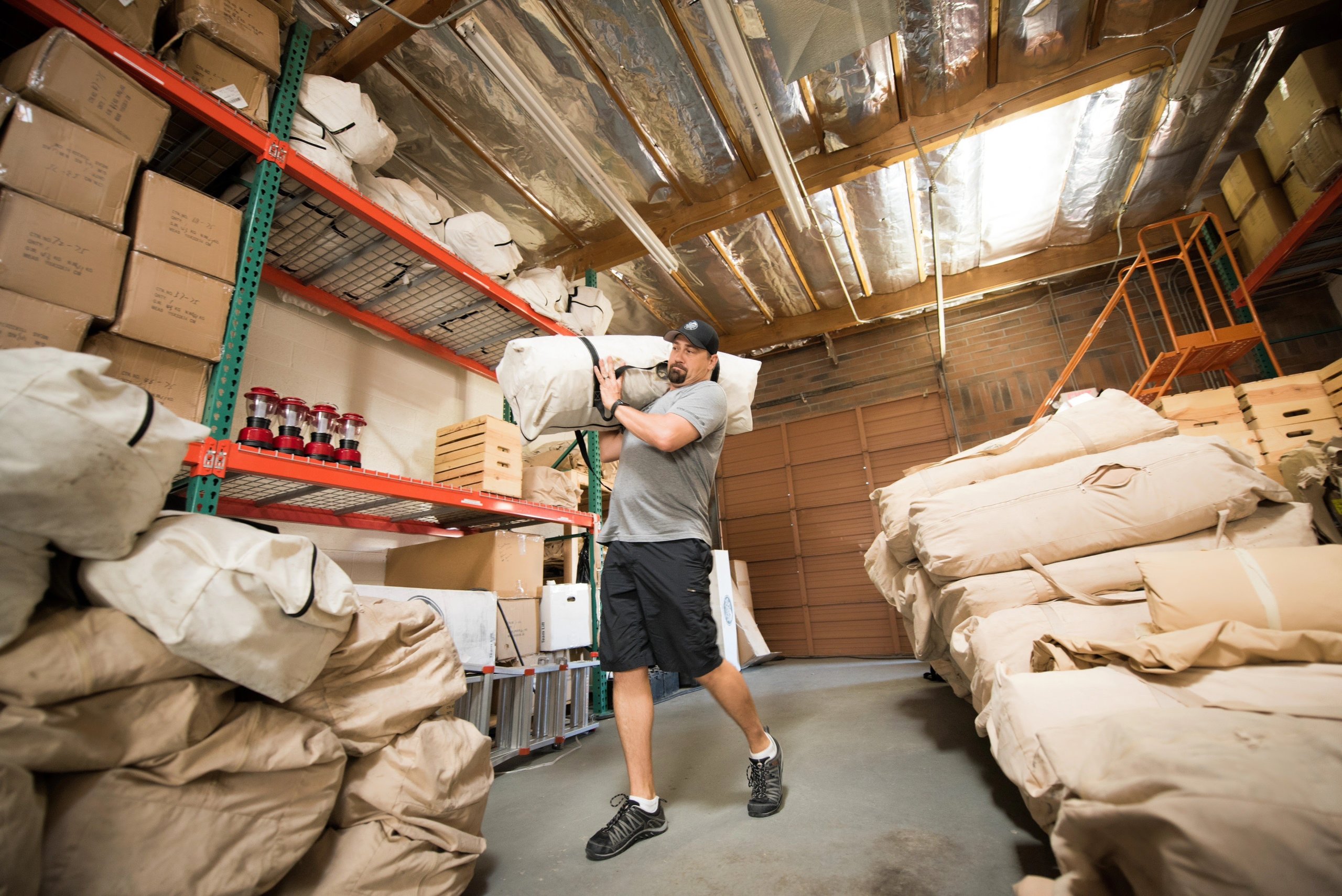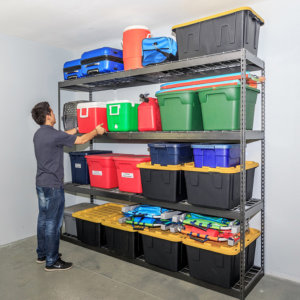How to Store Your Canvas Tent
If you’re looking how to store your canvas tent, then we are here to help! With so much experience in sewing and repairing tents, we rarely come across something we can’t fix. However, in the rare case that a tent is too far gone, many times we’ve discovered that it simply wasn’t stored properly.
If you’re storing your tent away for the season or simply need a place to keep it out of the way for a while, here are some good rules to follow – even if it’s not a canvas tent.
Keep it Dry
If you’re returning from a camping trip and your tent is damp, (from either from rain, dew, or snow) OR you’re using a non-breathable synthetic tent, you should set up your tent in your yard to dry it out when you get home. If you don’t have the space to do this, some people hang, or lay the tent out in their garage or other large outdoor space. Try to get as much ventilation as possible and add a fan if you can. *See our post about condensation here – yuck!
Mind the Floor
Store your tent OFF the floor. The floor materials in a typical storage area (garage, shed, basement) are often at risk of flooding or other moisture related accidents. Keeping your tent from contacting these materials will reduce the risk of damage.
*Sometimes the canvas or tent material is dry, but the vinyl/PVC groundsheet is wet. This should be toweled off and dried before being wrapped up.
Proof Your Storage
Consider a Rubbermaid tote or even a large sealable trash can. Keeping your tent and gear protected from rodents and other pests is an added bonus!

Keep your camping gear safe from rodents. This tent had been eaten through by mice!
Extra Help Won’t Hurt
You can stash a moisture absorber dehumidifier with your tent and camping gear. Look for one with a color scale indicator to help determine when they are saturated. Some people use these in their bathrooms to avoid moisture buildup, but they are great to put in with your tent and gear. If you’re looking for a DIY option, some homesteaders will use a double set of wool socks filled with talcum powder (NOT baby powder). Hint: Look for unscented!
Clean Your Tent
Make sure that your tent is as clean as possible, before storing. Even if it looks clean, it can never hurt to at least give it a good wipedown (remember to let it dry!). Mold spores are often unseen in the early stages of growth. Remember, the nutrients in dirt can be food for MOLD!

How Long CAN You Store a Wet Tent?
As little time as possible. Sometimes you don’t have a choice but to pack up a wet tent. What then? We’ve often packed up 100+ tents after a music festival, like Bonnaroo, and had to move on to the next location. In these cases, we dry the floors as well as possible, pack them up, then re-open and set them all up 4-5 days later and things are still okay. You can usually smell a little musty smell, but with a healthy dose of warm sun, ventilation, and freshening up, they’re all just fine once they’ve dried. This said, there is always a chance that we’ll have a particularly nasty mold strain at a site that could cause major issues for us upon re-opening. If we have tents that have to be cleaned and re-treated, we have the team to do that maintenance and get them back on the road.
Cold Versus Warm
A wet COLD tent will have a slower mold growth than a wet WARM tent. We’ve heard of people putting their wet tents in a chest freezer until they can set them up to dry! Note: cold does not STOP the growth of mold, only slows it down. Plan ahead!




